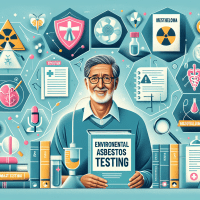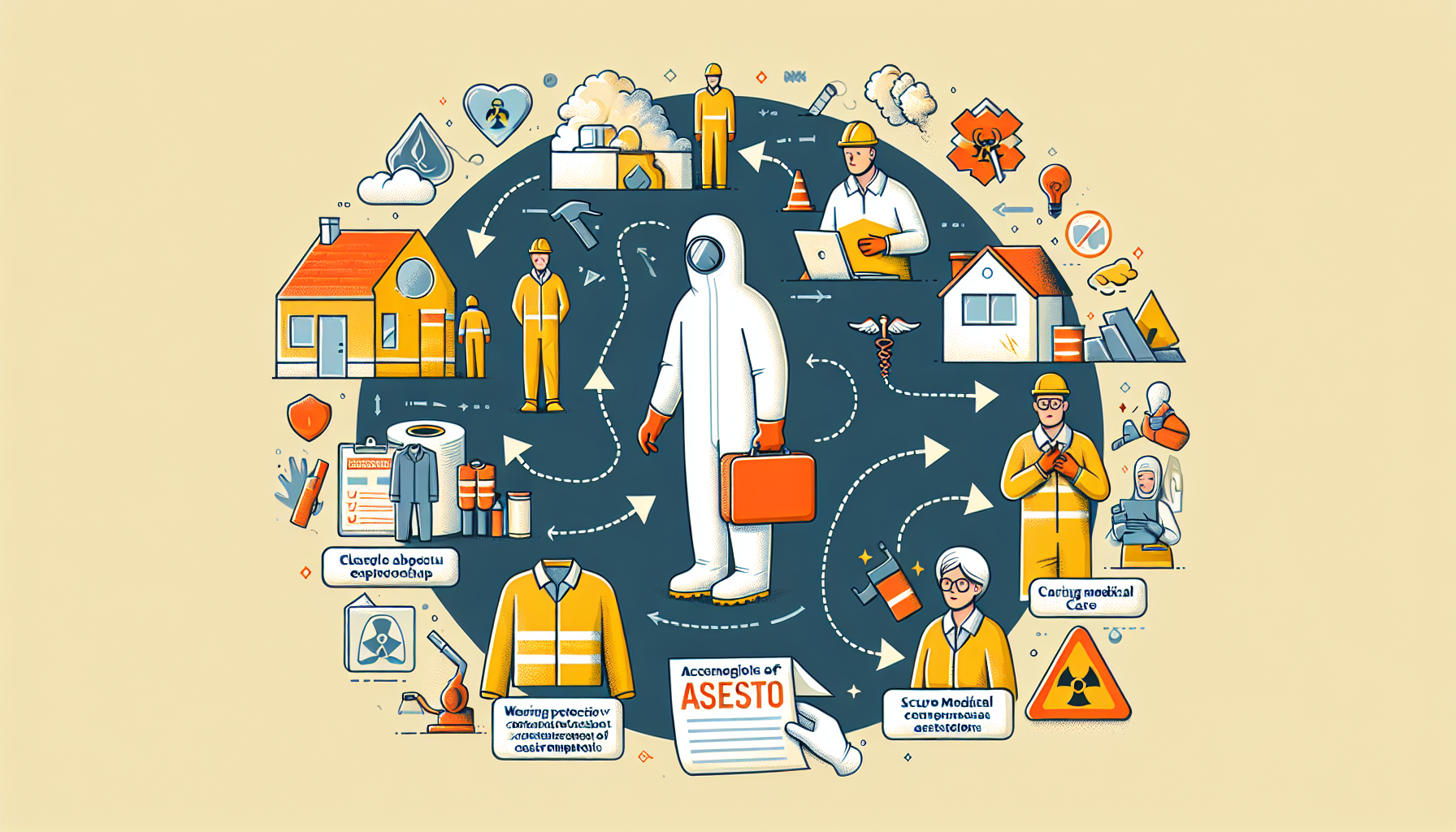Mesothelioma Environmental Regulation Guide
Published: June 2024

Hello, I am an oncology patient educator and advocate who has dedicated my career to supporting individuals and families affected by Mesothelioma. Having witnessed the struggles of dealing with this challenging disease firsthand, I have immersed myself in researching not only the medical aspects of Mesothelioma but also the environmental factors and regulations that affect safety. In this comprehensive Mesothelioma environmental regulation guide, I detail the current asbestos regulations, asbestos exposure laws, and safety guidelines that relate directly to the risks we face. My aim is to empower you with clear, actionable information, and I sincerely hope this article supports your path to informed decision-making and advocacy.
Understanding Mesothelioma and Its Environmental Links
Mesothelioma is a rare but aggressive cancer primarily associated with asbestos exposure. Asbestos regulations and safety guidelines have evolved over time in response to mounting evidence of health risks. The concern is not just limited to past exposures but continues to be relevant in various environments including construction sites, older industrial buildings, and regulated public spaces. The Environmental Protection Agency (EPA) has been instrumental in enforcing asbestos regulations and implementing the asbestos ban, with new regulatory updates such as the EPA asbestos ban 2024 further tightening safety standards.
Throughout my years of advocacy, I have seen how crucial it is to be aware of the environment in which we live and work. Understanding these laws, such as asbestos exposure laws in the United States, is not only a matter of compliance but also part of protecting our health and the health of future generations.
Key Aspects of Asbestos Regulations and Safety Guidelines
Here, I share insights drawn from authoritative sources like the National Cancer Institute (NCI), the American Cancer Society (ACS), and the Mesothelioma Applied Research Foundation. The backbone of the current safety framework is designed to ensure that susceptible populations, including construction workers, receive adequate protection when working in potentially hazardous environments.
Modern Regulations and the EPA Asbestos Ban
In June 2024, regulatory bodies finalized new updates. The document, widely referred to as the EPA asbestos ban 2024, aims to close loopholes that previously allowed the use of asbestos in certain industrial applications. These updates serve as a wake-up call for industries, emphasizing the need for continuous compliance with stringent asbestos regulations.
Asbestos Exposure Laws in the United States
State and federal agencies are harmonizing their efforts to provide a legally robust framework that protects workers and community residents. The guiding principle is clear: reducing asbestos exposure and ensuring safety through comprehensive asbestos safety guidelines for workers. These guidelines are particularly crucial in industries like construction, where the risk of encountering hazardous materials is significant.
Environmental Safety in the Construction Industry
A significant portion of my work involves educating those in the construction industry. In environments where asbestos is a known risk, the enforcement of mesothelioma environmental regulations for the construction industry is critical. Adhering to these regulations helps mitigate exposure risks and ensures that every worksite follows the highest safety standards.
My Personal Journey and the Role of Compassionate Advocacy
I want you to know that every piece of information in this guide comes from years of hands-on experience supporting patients and their families. I once met an individual, whose identity remains anonymous, who bravely faced a Mesothelioma diagnosis after long-term asbestos exposure at a construction site. Their story, along with many others, reinforced my commitment to advocate for clearer regulations and supportive care. I firmly believe that sharing detailed, fact-checked information not only informs but also provides hope and tools for advocacy.
It is fundamental to remember that while this guide is designed to inform you, it is equally important to consult professional health and legal advisors when making decisions regarding your safety and treatment options. Please explore our Mesothelioma Treatment Options for additional insights, and visit our Emotional Support Resources for Mesothelioma Caregivers for guidance on navigating these painful journeys.
Medically Accurate Diagram: Mesothelioma Staging and Treatment Options
The following medically accurate diagram captures key stages of Mesothelioma along with treatment pathways, including chemotherapy, radiation, and palliative care. These stages provide a visual framework for understanding how early detection and intervention can significantly impact patient outcomes.

The Future of Safety and Regulation Compliance
Looking ahead, the dialogue around Mesothelioma environmental regulations will continue to evolve. The industry and regulatory bodies are working hand in hand to ensure that the most up-to-date asbestos safety guidelines for workers are not only implemented but also continuously refined. Every update in the comprehensive mesothelioma environmental regulation guide represents a step forward in protecting public health and reinforcing responsible practices by the construction and industrial sectors.
The recent alignment among state and federal agencies in addressing asbestos exposure laws is a testament to our collective commitment to prevent future cases of Mesothelioma linked to environmental hazards. It is my fervent hope that with each regulatory improvement, more lives will be safeguarded from the long-term impacts of asbestos exposure.
Practical Steps: What You Can Do Today
Empowerment begins with awareness, and here is a list of actionable steps to help you ensure safety in environments potentially contaminated by asbestos:
- Familiarize yourself with the latest updates on asbestos regulations and environmental guidelines.
- Engage with community or union-led initiatives advocating for tighter safety standards.
- Consult with professionals about how to conduct an asbestos risk assessment in your workplace or home.
- Stay informed through reputable sources such as the NCI, ACS, and the Mesothelioma Applied Research Foundation.
These steps are designed to help you take practical measures toward ensuring safety, while also paving the way for policy changes that benefit us all. Your actions, no matter how small, contribute to a much larger movement for public safety and accountability.
Transparency Statement
I want to be completely transparent: while our website is supported by various sponsors and partnerships, our content is created with the sole aim of providing you with unbiased, fact-checked, and compassionate information. We ensure that commercial interests never override the integrity of our content. Every recommendation and insight you read here is backed by thorough research and an unwavering commitment to your well-being.
Conclusion
In conclusion, taking control of your environment and understanding these evolving regulations is a crucial part of protecting yourself and your loved ones. As an advocate who personally navigated the complexities of Mesothelioma care, I can attest that knowledge is a powerful tool in the fight against this disease. I sincerely hope that this comprehensive guide, enriched by both regulatory details and empathetic narratives, inspires you to take informed action.
Remember, you are not alone in this journey. Reach out, ask questions, and lean on trusted resources including our internal links guiding you to advanced treatment and emotional support. Together, we can create safer environments, drive policy reforms, and build a future where the risks posed by asbestos are significantly minimized.






